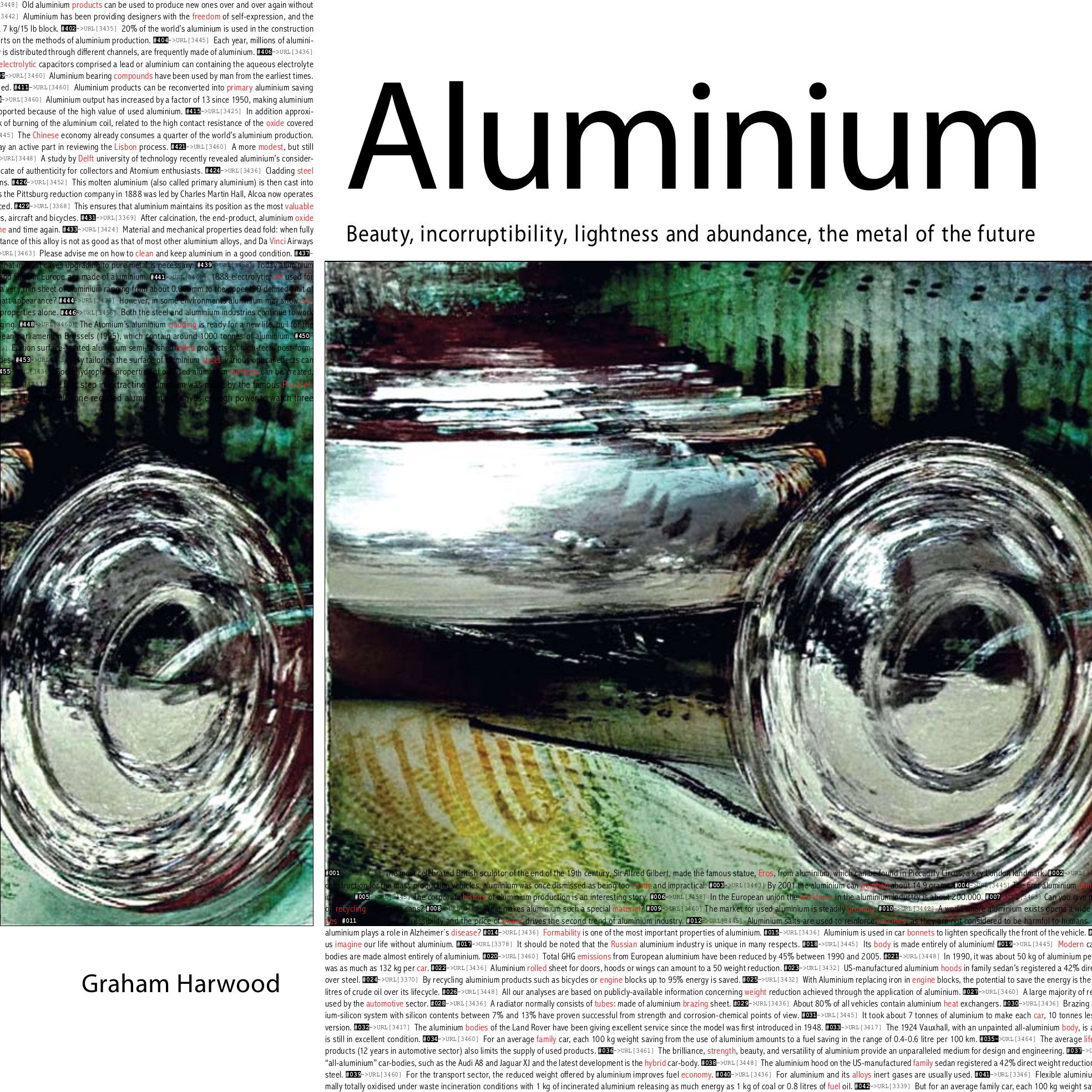YoHa: Coal Fired Computers (300,000,000 Computers – 318,000 Black Lungs) (2010)
Filed under brochure, catalogue | Tags: · coal, computing, critique, history of technology, industry, technology

A one-hundred year old, 35-ton showman’s steam engine powers a computer with 1.5 tons of coal. Black lungs inflate every time a database record of miners’ lung disease is shown on the computer monitors. It feels like you’ve been invited into a fun fair, but one where the rides log their own accidents – a fun fair run by people who long ago became indistinct from the machines they maintain.
Over three days at the Discovery Museum, with groups of miner activists, Coal Fired Computers articulates relations between Power, Art and Media. A new work by leading UK media artists Harwood and Yokokoji (YoHa), in collaboration with Jean Demars, it responds to the displacement of coal production to distant lands like India and China after the UK miners’ strike in 1984/85.
Coal Fired Computers reflects on the complexities of our global fossil fuel reliance and especially on how coal transforms our health as we have transformed it. Today coal produces 42% of the world’s electricity, and in many countries this rate is much higher (more than 70% in India and China). This power is produced by descendants of Charles Parson’s 1884 steam turbines, also on display in the Discovery Museum.
It could be said that coal dust gets into everything. Sealed into the lungs of miners it forms visible blue streaks, like veins of coal. According to the World Health Organisation, 318,000 deaths occur annually from chronic bronchitis and emphysema caused by exposure to coal dust. The common perception is that wealthy countries have put this all behind them, displacing coal dust into the lungs of unrecorded, unknown miners in distant lands, however coal returns into our lives in the form of the cheap and apparently clean goods we consume.
Coal fired energy not only powers our computers here in the UK, but is integral to the production of the 300,000,000 computers made each year. 81% of the energy used in a computer’s life cycle is expended in the manufacturing process, now taking place in countries with high levels of coal consumption. The UK currently produces less that one third of the coal it uses, importing the majority of it and therefore displacing 150,000 tons of coal dust into unknown lungs.
Coal Fired Computers brings together these disparate elements into an artwork, allowing us to reflect on the complexities that have created and maintained power, the crisis of fuelling that power and its subsequent health residues.
Authors: Graham Harwood and Matsuko Yokokoji
Commissioned by AV Festival 2010
Produced in partnership with Discovery Museum.
PDF (updated on 2013-2-6)
Comment (0)Graham Harwood: Aluminium: Beauty, Incorruptibility, Lightness and Abundance, The Metal of the Future (2008)
Filed under artist publishing | Tags: · history of technology, industry, technology, video

“Aluminium is a futurist graphic book and film about the social history of aluminium. In 2009 it will be 100 years since Marinetti set out the Futurist manifesto in which advocated the consumption of metal bolts and engine oil to turn men into machines. Marinetti believed in speed, machines and violence, values that for him were epitomised in the recent invention of aluminium. Drawing on archival footage from the aluminium industry, Harwood derives algorithms from the Futurist Manifestos to create the books cells by recording only the differences between key video frames. Caption texts are gathered up and edited together by issue crawlers as they search across the Internet. Aluminium takes the futurist logic of the 20th Century and turns it back upon its self.”
Produced for The Rest of Now, Manifesta7 (Bolzano/Bozen, Italy 2008 www.manifesta7.it)
PDF (updated on 2013-2-6)
Comment (0)Tim Berners-Lee, Mark Fischetti: Weaving the Web. The Original Design and Ultimate Destiny of the World Wide Web (1999)
Filed under book | Tags: · history of technology, internet, technology, web

Berners-Lee reveals the Web’s origins and the creation of the now ubiquitous http and www acronyms and shares his views on such critical issues as censorship, privacy, the increasing power of software companies, and the need to find the ideal balance between commercial and social forces. He offers insights into the nature of the Web, showing readers how to use it to its fullest advantage. And he presents his own plan for the Web’s future, calling for the active support and participation of programmers, computer manufacturers, and social organizations to manage and maintain this valuable resource so that it can remain a powerful force for social change and an outlet for individual creativity.
Foreword by Michael Dertouzos
Publisher HarperSanFrancisco, 1999
ISBN 0062515861, 9780062515865
226 pages
Download (removed on 2013-1-15 upon request of the publisher)
Comment (0)
